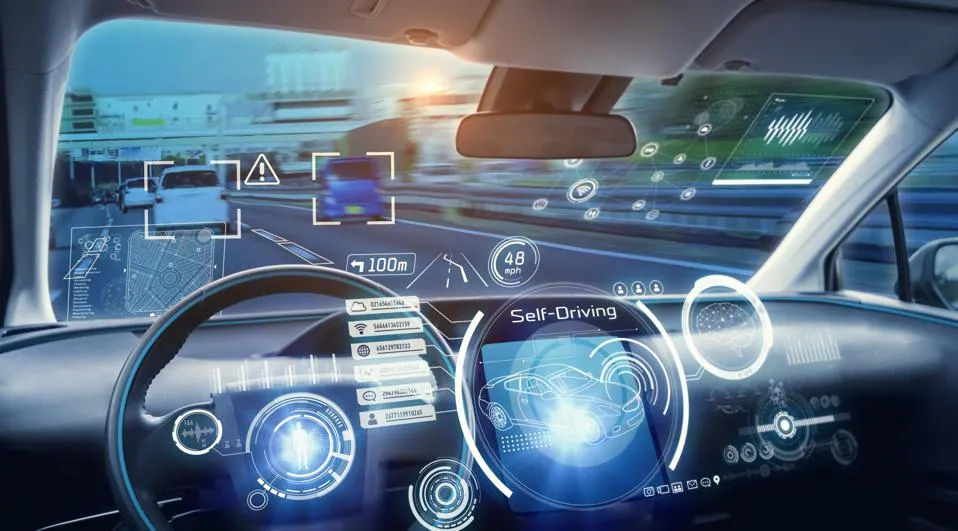The advent of autonomous vehicles is on the cusp of reshaping global transport systems. Within this framework, the role of in-car navigation systems is witnessing an evolutionary shift. In this article, drawing from the industry's trajectory and our insights as a leading car multimedia supplier, we will delve into the future of car navigation in self-driving vehicles.
1. Navigation Systems: From Basic Direction-Giving to Complex Decision Making
Traditional car navigation functions revolved around providing users the optimal route from Point A to Point B. Today, these systems have transcended from being mere route-planners to intricate decision-making entities integrating multiple data sources.
As autonomous driving progresses, navigation systems will shoulder more responsibilities, transitioning from assisting the driver to influencing vehicular decisions. This demands sophisticated task management, fusing data from in-car sensors, advanced route mapping, and even real-time decision-making in some scenarios.
2. Data: From Being Auxiliary to Central
In classical navigation systems, data mainly served to refresh maps and traffic updates. Now, data has pivoted to the epicenter of system functionalities.
High-quality, real-time data will be paramount for future navigation systems. This encompasses road conditions, traffic flow, weather information, and other parameters that might influence driving decisions. A seamless data-refresh mechanism and robust data processing will be crucial.
3. Artificial Intelligence and Deep Learning
Early navigation systems had rudimentary functionalities. Today, many have begun incorporating rudimentary AI algorithms for smarter route suggestions.
With AI continually advancing, future navigation systems will deep-learn driving habits, predict traffic patterns, and adaptively map routes. They'll interact more fluidly with other vehicular systems, offering an enriched driving experience.
4. User Interface: From Touch-Based to Multimodal Interactions
Traditional navigation interfaces largely hinged on touchscreen tech. Modern systems have already started embracing technologies like voice recognition and gesture controls.
Augmented Reality (AR), virtual assistants, and other emerging technologies will diversify and amplify how users interact with navigation systems, offering a more personalized, immersive experience.
5. Safety: From Being Supplementary to Core
Initially, navigation systems were about user convenience. With evolving technology, they began contributing to driving safety.
Within the autonomous driving realm, the role of navigation systems becomes pivotal. Their accuracy and reliability correlate directly with the safety of the vehicle and its passengers. Consequently, safety will morph into a primary metric for evaluating a navigation system's proficiency.

The place of car navigation in the future of self-driving vehicles will be more central and pivotal than ever. Recognizing this trend and forging alliances with industry-leading car radio manufacturers and car navigation factories will be instrumental in unlocking new opportunities.
For those interested in partnering with us, we invite you to visit our official website and https://www.carstereochina.com/ discover more about what we offer as a premier central multimedia exporter for both car plant and aftermarket. Let's co-create the future!
Previous: Are Ceramic Brake Pads Better?
Copyright:@2020-2021
Comments Please sign in or sign up to post.
0
0 of 500 characters used